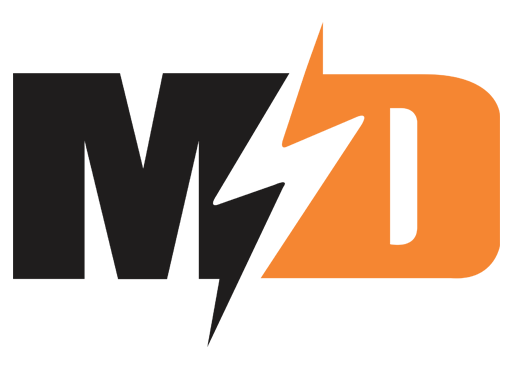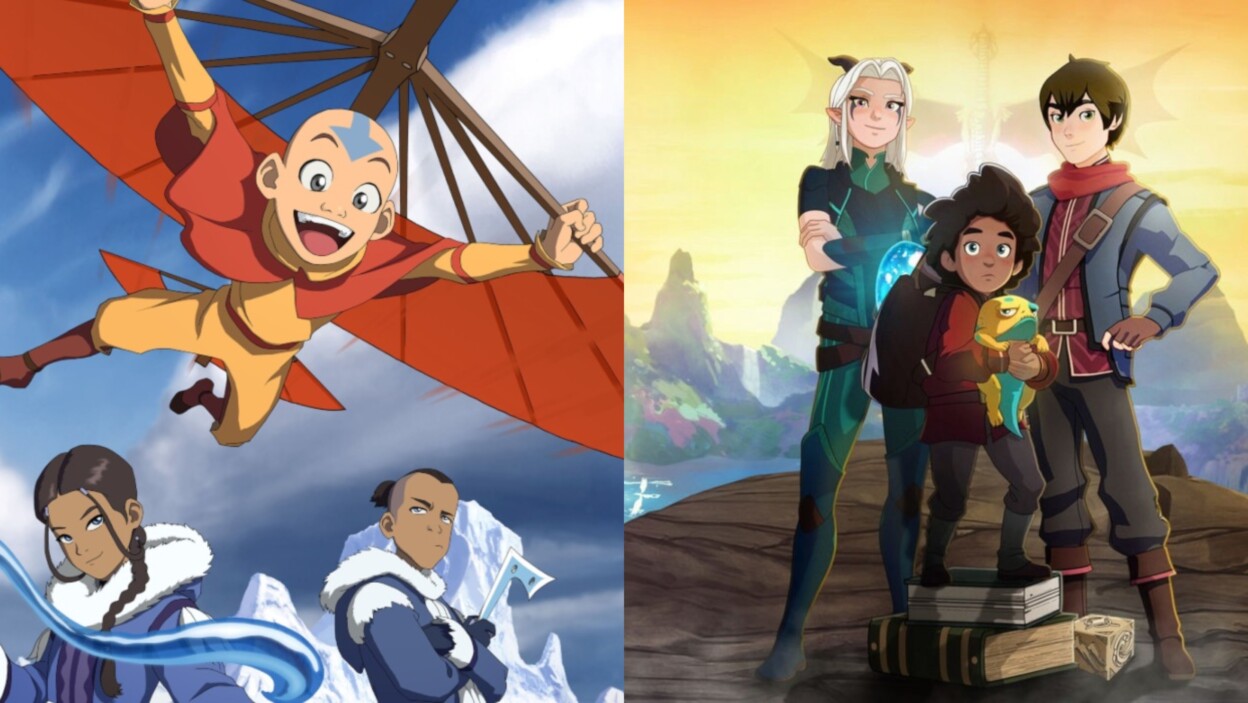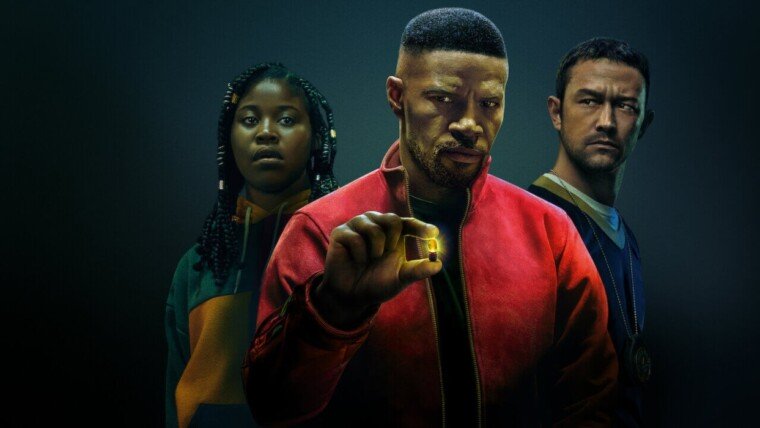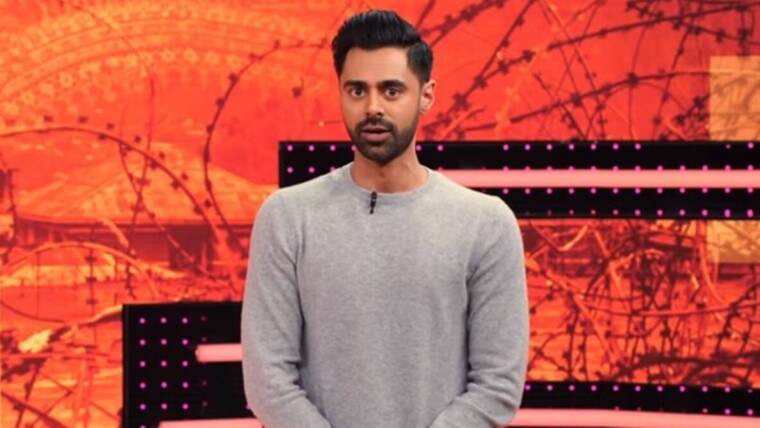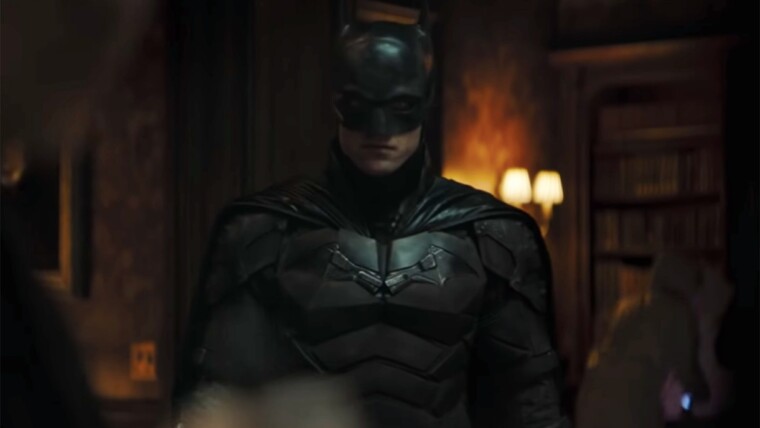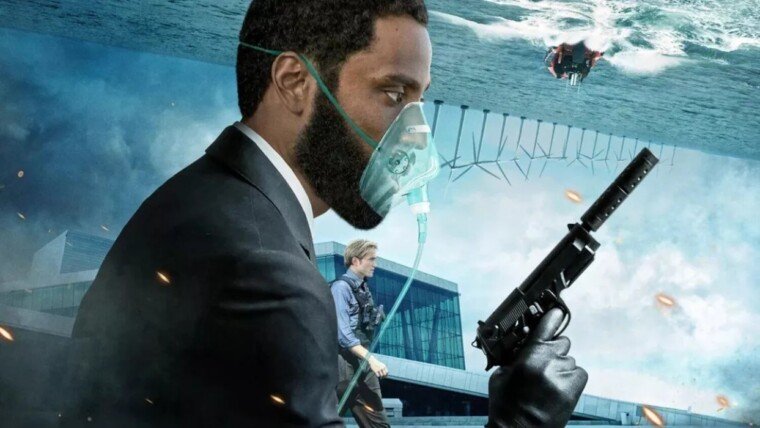Once in a blue moon, there comes a moment TV history that leaves a permanent impact of pop culture. For some, it was the abrupt ending of HBO’s The Sopranos or Walter White’s final stand against the Neo-Nazis in Breaking Bad. Personally, it was the 4-part finale of Avatar: The Last Airbender. An epic event that saw the culmination of Aang’s journey, from sweet monk to destined defender. It was nothing short of phenomenal and remains till this day one of the greatest animated series of all time. It was amazing and then it was over. Then in 2018, Avatar head-writer and producer Aaron Ehasz, alongside Wonderstorm Productions, released the first season of The Dragon Prince on Netflix. An animated series that showed great promise with fantastic artistic direction, a whimsical plot and a lovable cast of characters. After the third season of the show, there were some concerns that Netflix wouldn’t be renewing any more seasons after.
Then, we heard the news. Oh, joy of joys, not only are we getting a fourth season. Netflix has agreed to see Ehasz’s full vision of The Dragon Prince to completion. Fans can now expect four more seasons! If any of you were considering in the past whether or not to give Dragon Prince a try, now is the time. It is no exaggeration when I say that this animated series has the potential to be the next Last Airbender.
A World of War and Wonder
Fans of Avatar will immediately notice in the opening scene of the first episode of Dragon Prince that the show draws inspiration from its predecessor. We’re introduced to the continent of Xadia, a realm shared by the races of men and elves. It is a land of full magic and wonder. Each elven race in Xadia can wield one of the six Primal Sources of Magic. Elemental powers and spells can draw from forces of nature: the Sun, the Moon, the Stars, the Earth, the Sky and the Ocean. Starting to sound familiar, huh? Those who can use magic are called mages. For thousands of years, the land has been ruled by Xadia’s most powerful magical beings, dragons. These majestic and wise creatures maintain the balance of all life in Xadia.
 For the race of Men, however, close to none of them were able to tap into the six Primal Sources. This caused great resentment and envy in them, which eventually led a human named Ziard to discover a corrupted seventh source of magic, Dark Magic. Instead of drawing its power from nature, Dark Magic steals the essence and life-force of other beings and empowers its users. To the elves and dragons, this was a grave sin. The humans were cast out to the western end, separated by a border of lava. The continent was split between the Human Kingdoms and the rest of Xadia. After humanity’s exile, the border was watched over by the Dragon King Avizandum. Otherwise known as ‘Thunder’ by humans.
For the race of Men, however, close to none of them were able to tap into the six Primal Sources. This caused great resentment and envy in them, which eventually led a human named Ziard to discover a corrupted seventh source of magic, Dark Magic. Instead of drawing its power from nature, Dark Magic steals the essence and life-force of other beings and empowers its users. To the elves and dragons, this was a grave sin. The humans were cast out to the western end, separated by a border of lava. The continent was split between the Human Kingdoms and the rest of Xadia. After humanity’s exile, the border was watched over by the Dragon King Avizandum. Otherwise known as ‘Thunder’ by humans.
Tensions between humanity and their magical brethren reached a boiling point when the human king of Katolis, alongside his court mage Viren, slew the Dragon King. Then, they murdered his only son, Azymondias, the Dragon Prince. Xadia is on the edge of a full-blown war but there is yet hope for the land. The princes of Katolis and a Moonshadow elf have made a stunning discovery. The Dragon Prince lives! Now the three of them will embark on a perilous journey to return Azymondias to his mother, and hopefully bring peace to Xadia.
While there are some similarities to be drawn between The Dragon Prince and Avatar, there are more than enough differences to make up for them. For one, Dragon Prince places a greater emphasis on geopolitics, race relations and ethics. The situation isn’t as simple as bad humans and good elves. With each new season, we slowly learn the truth behind the elven-human war and the dark forces that set them into motion. And arguably, The Dragon Prince gives us a much a complex villain than the tyrannical Sozen. An enigmatic and treacherous elf manipulating both races named Aaravos.
 Furthermore, if you’re a huge nerd like me, you’ll find the magic system in Dragon Prince deeply fascinating. Seriously, this isn’t that chaotic make-it-up-as-we-go-along sorcery you see in Adventure Time. No, there are fascinating layers to how Magic works in this world and I loved every minute of it. It’s all introduced in an organic and diegetic way that avoids lengthy and contrived expository dumps. Dragon Prince opts to show you the creative application and implications of its arcane world, rather than lecture you about it. At nearly every instance, it’ll either leave you in wonder or have you wincing in terror. The show gets pretty dark at times.
Furthermore, if you’re a huge nerd like me, you’ll find the magic system in Dragon Prince deeply fascinating. Seriously, this isn’t that chaotic make-it-up-as-we-go-along sorcery you see in Adventure Time. No, there are fascinating layers to how Magic works in this world and I loved every minute of it. It’s all introduced in an organic and diegetic way that avoids lengthy and contrived expository dumps. Dragon Prince opts to show you the creative application and implications of its arcane world, rather than lecture you about it. At nearly every instance, it’ll either leave you in wonder or have you wincing in terror. The show gets pretty dark at times.
Heroes For Hope
In spite of the show’s depiction of strife, death and broken families, there’s an underlying sense of hope and wonder that pervades the series. I’m not talking about corny speeches or cheap deus ex machinas. No, The Dragon Prince somehow manages to strike a fine balance between its dire setting and the levity of children going off on an adventure. This accomplishment can be attributed to the series’ strong writing and excellent voice acting. The Dragon Prince doesn’t ever compromise on its political and social complexities for “happy endings”, rather they’re earned through long-fought battles for both the hearts and minds of Xadians.
 One particular story arc I found captivating was how Ezran, a sweet, innocent little boy comes to power in the third season of the show. Bit by bit, he learns of how the father he so admired, King Harrow, wasn’t exactly the perfect role model and had made poor decisions in the past. The child decides that he will not take the shortcuts his father made but will instead do everything in his power to right his wrongs. Even if it costs his life. It’s the kind of mature storytelling that made Avatar such a memorable watch. Growing up with our favourite characters and watching them become who they’re meant to be.
One particular story arc I found captivating was how Ezran, a sweet, innocent little boy comes to power in the third season of the show. Bit by bit, he learns of how the father he so admired, King Harrow, wasn’t exactly the perfect role model and had made poor decisions in the past. The child decides that he will not take the shortcuts his father made but will instead do everything in his power to right his wrongs. Even if it costs his life. It’s the kind of mature storytelling that made Avatar such a memorable watch. Growing up with our favourite characters and watching them become who they’re meant to be.
Notable voice actors from Avatar such as Sakka’s Jack De Sena and Erik Dellums, the voice behind Koh the Face Stealer, play major roles in the series. So don’t worry, there are some familiar voices in Netflix’s Dragon Prince. Regardless of their voicework pedigree, everyone here is giving their all in making the series the best it can be. It certainly helps that the show’s art direction is simply breathtaking. With each new season, the series delivers on more striking locales, impressive action sequences and better character movement. The first season was a tad awkward but by the third, it becomes a thing of beauty!
There’s been a growing movement within animated series like Adventure Time, Steven Universe and Star vs the Forces of Evil. A renewed sense of hope and compassion in the face of an increasingly grimmer and darker socio-political landscape. In a post-Breaking Bad world with shows like The Walking Dead and Game of Thrones defining the zeitgeist of the late 2000s and early 2010s, fiction adopted a more cynical take on humanity’s future. In resistance to this came the Hopepunk movement. A cultural movement that worked to present a brighter and more positive future. One that refuses to accept the world as it was but dared to dream of it as it could be.
 We saw seeds of this burgeoning cultural ethos in Avatar when Aang refused to disregard his pacifist belief in his battle against Firelord Ozai. He rejected the false binary given to him and sought another way to save the world and have a clean conscience. Now, over a decade after the series finale, Avatar‘s Hopepunk legacy lives on in its spiritual successor, Netflix’s The Dragon Prince. A series that doesn’t shy away from addressing difficult issues without having to indulge in nihilistic tendencies. While still managing to maintain its sanguine tone, but never at the expense of dramatic gravity.
We saw seeds of this burgeoning cultural ethos in Avatar when Aang refused to disregard his pacifist belief in his battle against Firelord Ozai. He rejected the false binary given to him and sought another way to save the world and have a clean conscience. Now, over a decade after the series finale, Avatar‘s Hopepunk legacy lives on in its spiritual successor, Netflix’s The Dragon Prince. A series that doesn’t shy away from addressing difficult issues without having to indulge in nihilistic tendencies. While still managing to maintain its sanguine tone, but never at the expense of dramatic gravity.
Regardless of your age, I highly recommend you start streaming The Dragon Prince today. If you’re looking for something to scratch that nostalgic animated fantasy kick, then this is the series for you. It’ll make you laugh, cry, hope and get hyped for four more seasons on the way!
